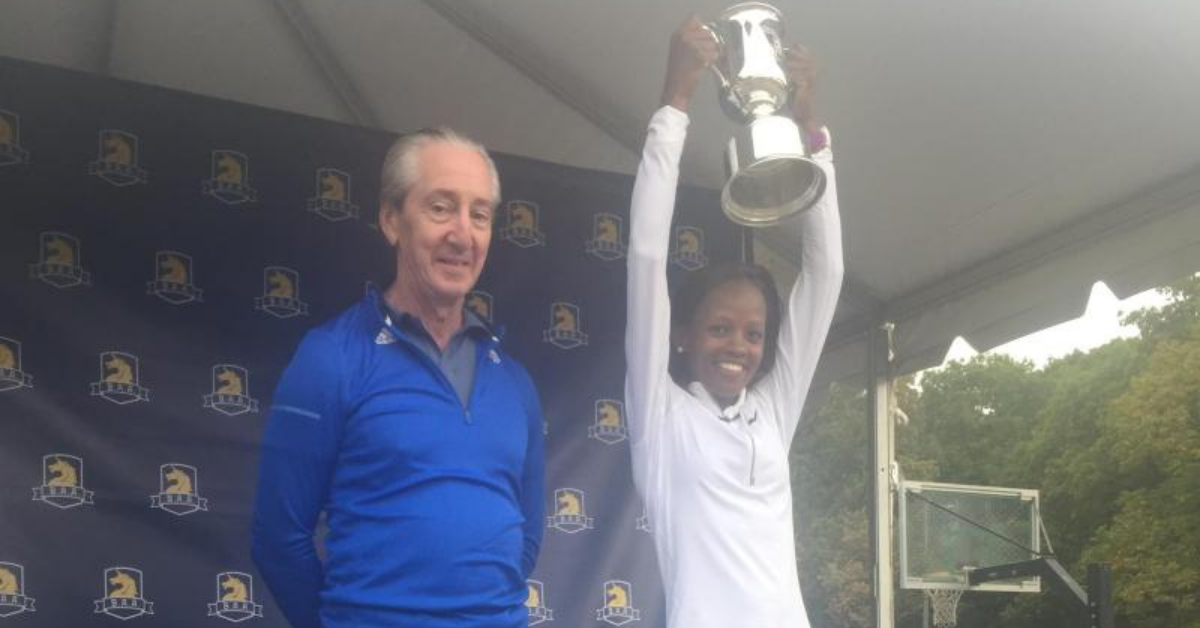Owen Anderson, PhD is world renowned in both running and academic circles. Coaching a number of elite athletes with one world champion, three world silver medalists, two world bronzes, and an African champion in his stable of athletes. In his book Running Science Owen presents an overview of the early science of periodisation before describing ‘his‘ Four-Phase Emphasis Periodisation (I say ‘his‘ because he is describing it in his book, but it has been a collaborative effort in developing this method of periodisation by a number of coaches and exercise scientist over a decade).
This is the next instalment in my series about Periodisation (English spelling with an ‘s’, American spelling is traditionally with a ‘z’) and the methodologies from coaches that guided my early philosophies around periodisation of training seasons and event build ups. Have a read of last weeks article about Sean P. O’Connor and what he recommends his book Distance Training Simplified:
Early research into periodisation was lead by Russian scientists in the 1920’s and 1930’s. After World War 2 Eastern Block scientists further developed methodologies. This was eventually picked up on by Finish and English scientists. Performing classical experiments to test different periodisation strategies can be challenging due to a range of variables.
Over the years there have been a number of different periodisation principles that have been followed by runners. Owen Anderson puts forward the Four-Phase Emphasis Periodisation model and talks us through it.
Four-Phase Emphasis Periodisation
The Four-Phase Emphasis Periodisation is relatively new having been developed over the last 15-20 years. Each phase typically lasts for 3 to 6 weeks. These phases don’t have to be equal in length and one phase can be emphasised over the others to help develop an area of weakness in a particular runner.
Initial Skill and General-Strength Phase
In this phase running skills are emphasised and developed. Key areas of focus are on form and running cadence, as well as whole body strength being developed. The goal of this phase is to eliminate bad running habits and to promote a vast upgrade in overall strength (not just leg strength).
Optimising form improves capacity for running and enhances the quality of all workouts (as average running velocity increases). This optimal form also permits subsequent running-specific strength to be channelled into powerful running (rather than being wasted on suboptimal movement patterns).
The gains in whole body strength allow more economical running and promote resistance to fatigue, as well as lifting lactate threshold.
Running-Specific Strength Phase
The focus of this phase is to optimise strength for all components of running gait: initial ground contact, mid-stance, toe-off, and swing. This development of running-specific strength enhances running economy and heightens resistance to fatigue. it also sets a foundation for improving maximal running speed because it relies on applying more force to the ground with each step. Further-more it prepares the athlete for the following phase of training – hill work.
Hill-Training Phase
During this phase running strength is ultimately advanced – after all running up hills is the most specific form of running-specific strengthening. A range of other components of running are also advanced VO2 max, vVO2 max (velocity at maximal oxygen uptake), economy, lactate-threshold speed, and resistance to fatigue.
Explosive-Training Phase
This phase generates an upswing in fitness by incorporating high-speed drills and exercises. Overall training quality (or average running speed) improves. This comes about by the explosive training combining with the work already completed in the three previous phases.
Summary
By completing all four phases in sequence builds a range of traits and components of fitness in the athlete. The runner is now able to put more force onto the ground with each step (due to the Running-Specific Strength and Hill-Training phases). They are also apply that force more quickly – spending less time on the ground with each step (due to the Explosive-Training phase, as well as the Initial Skill phase). These combine to increase maximal running velocity due to corresponding enhancements of vVO2 max (velocity at maximal oxygen uptake), running economy, lactate-threshold speed, and resistance to fatigue which have all improved due to the intensity of the running.
Following this methodology there is a progression in volume of training and a steady advance in amount of time spent running above lactate-threshold velocity. The quality workouts vary significantly over time which will keep motivation high and prevent fitness stagnation from repetitive training.
More than 50 years ago, New Zealand’s Arthur Lydiard started using terms like base training, periodization, and peaking. His U.S. counterpart, Bill Bowerman, brought Lydiard’s term for what until then had been called roadwork, or jogging, to the States. Soon after, the 1970s running boom started, spurred by exercise-advocating research from the growing fields of exercise science and sports medicine and from enthusiasts such as Jim Fixx, author of The Complete Book of Running. One of Bowerman’s former runners at the University of Oregon, Phil Knight, saw to it that those millions of new runners had swoosh-adorning footwear designed specifically for their sport.
The pace of knowledge enhancement and innovation has, in fact, been so brisk through the years that even highly informed runners could be excused for not keeping up, but no longer. Running Science is a one-of-a-kind resource:
- • An easily comprehended repository of running research
- • A wealth of insights distilled from great sport and exercise scientists, coaches, and runners
- • A do-it-right reference for a host of techniques and tactics
- • An array of the most credible and widely used training principles and programs
- • Perhaps most of all, a celebration of the latest science-based know-how of running, now truly the world’s most popular sport
Elite running coach Owen Anderson presents this comprehensive work in a compelling way for runners. A PhD and coach himself, Anderson has both a great enthusiasm for sharing what scientific studies offer the running community and a keen sense of what’s really important for today’s informed runners to know.
